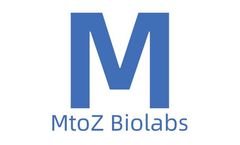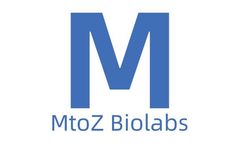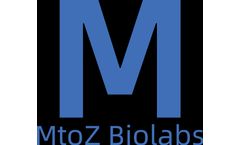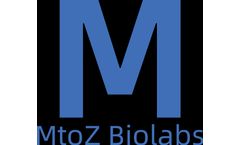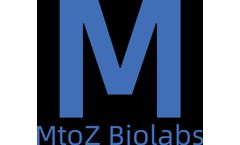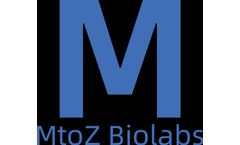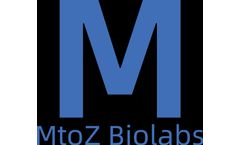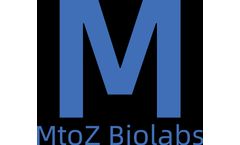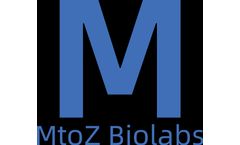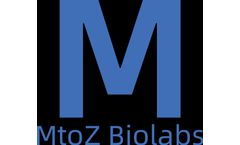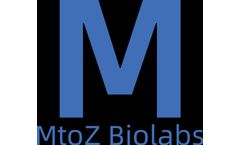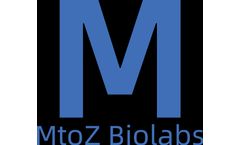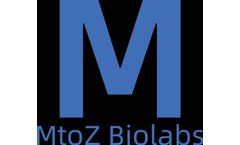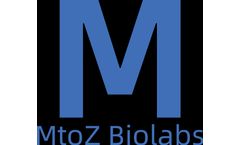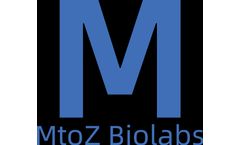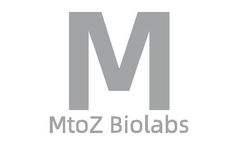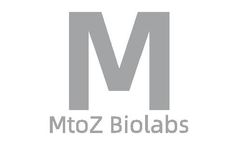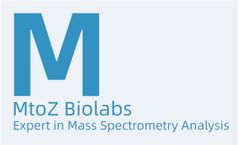Western Blot Articles & Analysis: Older
29 articles found
Additionally, two-dimensional electrophoresis and Western blotting are frequently used to study differential protein expression.Quantification MethodsLabel-based or label-free quantification strategies can be used to quantify the abundance of proteins in different samples, determining which proteins are differentially expressed.Biological ...
Therefore, detecting protein phosphorylation levels is of great significance for studying cell functions and disease mechanisms.Methods1. Western BlotThis uses phosphorylation-specific antibodies to detect the level of specific phosphorylation sites in protein samples.2. ...
Mass SpectrometryMass spectrometry provides a more comprehensive HCP analysis method, allowing researchers to identify and quantify individual HCPs, even at very low concentrations.3. ImmunoblottingSuch as western blotting, it's suitable for detecting specific, potentially high-risk HCPs.4. ...
Although ELISA is very sensitive, its specificity may be limited because not all HCPs will be detected.Western BlottingThis method can be used to detect specific host proteins and determine their relative levels in samples.Mass SpectrometryMass spectrometry is a powerful technique for identifying and quantifying proteins in mixtures, including any possible HCPs. Compared with ELISA and ...
Immunological MethodsUsing specific antibodies (such as antibodies against specific glycated collagen) for ELISA (enzyme-linked immunosorbent assay) or Western Blot can detect and quantify specific glycated collagen.4. Biochemical AnalysisUse specific chemical reagents (such as certain compounds that can specifically bind to glycation sites) to quantify the ...
These forms of glycosylation affect protein folding, stability, and distribution.Methods and Techniques for Glycosylation Site DetectionTraditional glycosylation site detection methods include mass spectrometry analysis and Western blotting. Mass spectrometry can accurately identify glycosylation sites, while Western blotting is ...
For instance, the acetylation state of histones directly influences chromatin structure and the regulation of gene expression.Acetylation detection usually relies on specific antibodies and can identify and quantify acetylated proteins through techniques such as Western blotting, immunofluorescence, or Mass Spectrometry. These methods provide high specificity and ...
Ubiquitination DetectionThe eluted protein is subjected to SDS-PAGE electrophoresis, followed by Western blotting. Anti-ubiquitin antibody is used for detection.After carrying out immunoprecipitation and ubiquitination detection, we can analyze the results. ...
This epitope might show high similarity or significant differences in sequence across different species.From a purely practical perspective, compared to other forms of antigens, the synthesis of peptides also has the advantages of being simple, fast, and inexpensive.The Key to Designing the Right PeptidesPeptides have long been the preferred antigen for antibody development in ...
To detect protein ubiquitination, methods such as Immunoprecipitation (IP) combined with Western blot, mass spectrometry analysis, etc., are commonly used. Here are the typical steps for protein ubiquitination IP.Analysis Workflow1. ...
The overall workflow of Far-Western Blot technology is similar to Western Blot, but the detection of target proteins in Western Blot requires antibodies, while antibodies are not needed in Far-Western Blot analysis. Instead, purified and labeled "bait" proteins ...
Linear epitopes are suitable for use in protein blotting (Western Blot) and paraffin-embedded immunohistochemistry experiments, and native epitopes are more suitable for immunoprecipitation (IP), cryosection immunohistology, flow cytometry, and enzyme-linked immunosorbent assay (ELISA). ...
Detection of Protein Expression LevelsThrough techniques such as Western blot or immunofluorescence, the expression level of the target protein after gene knockout can be detected, which is also an important method to evaluate the efficiency of gene knockout.3. ...
Immunoblot AnalysisPerform immunoblotting (Western Blot) analysis using antibodies against ubiquitin to detect whether Tau protein is ubiquitinated.5. ...
Analysis of Washed SamplesElute proteins from the solid material, and then analyze the proteins using methods such as SDS-PAGE or Western blotting. You can use specific antibodies to check for the presence of your ubiquitinated target protein, and to see if ubiquitin proteins co-precipitated with it.6. Result InterpretationBy observing the results of the ...
The Inclusion of Synthetic Standard Peptides is Flexibly Selectable, Potentially Saving Significant CostIn terms of applications, PRM can replace traditional Western blot technology. On one hand, it liberates protein validation from commercial antibodies and can be applied to various non-model organisms. ...
As there are many types of collagen, the use of specific antibodies can accurately measure the content of a specific type of collagen.Protein Blotting Using Specific Collagen AntibodiesBy using Western blot technology and antibodies specific to a certain collagen, the collagen in the sample can be detected and analyzed. ...
Since the discovery of ubiquitin in the 1970s, the field has gradually developed, mainly utilizing techniques such as immunoprecipitation, western blotting, and mass spectrometry. These methods have improved the sensitivity and specificity of ubiquitination event detection, allowing researchers to thoroughly analyze the role of ubiquitination in diseases and ...
Detection and Analysis of Histone Modifications Histone modifications can be detected and analyzed by various methods, such as Mass Spectrometry, Immunoprecipitation, ChIP-Seq (Chromatin Immunoprecipitation Sequencing), and Western Blotting. In particular, Mass Spectrometry is suitable for identifying and quantifying specific modifications on histones, such as ...
Detection and Analysis The SUMOylation of histones can be detected using various methods such as immunoprecipitation, mass spectrometry and Western blotting. These methods can help researchers determine which specific histones have undergone SUMOylation, and where this modification has occurred. 3. ...

